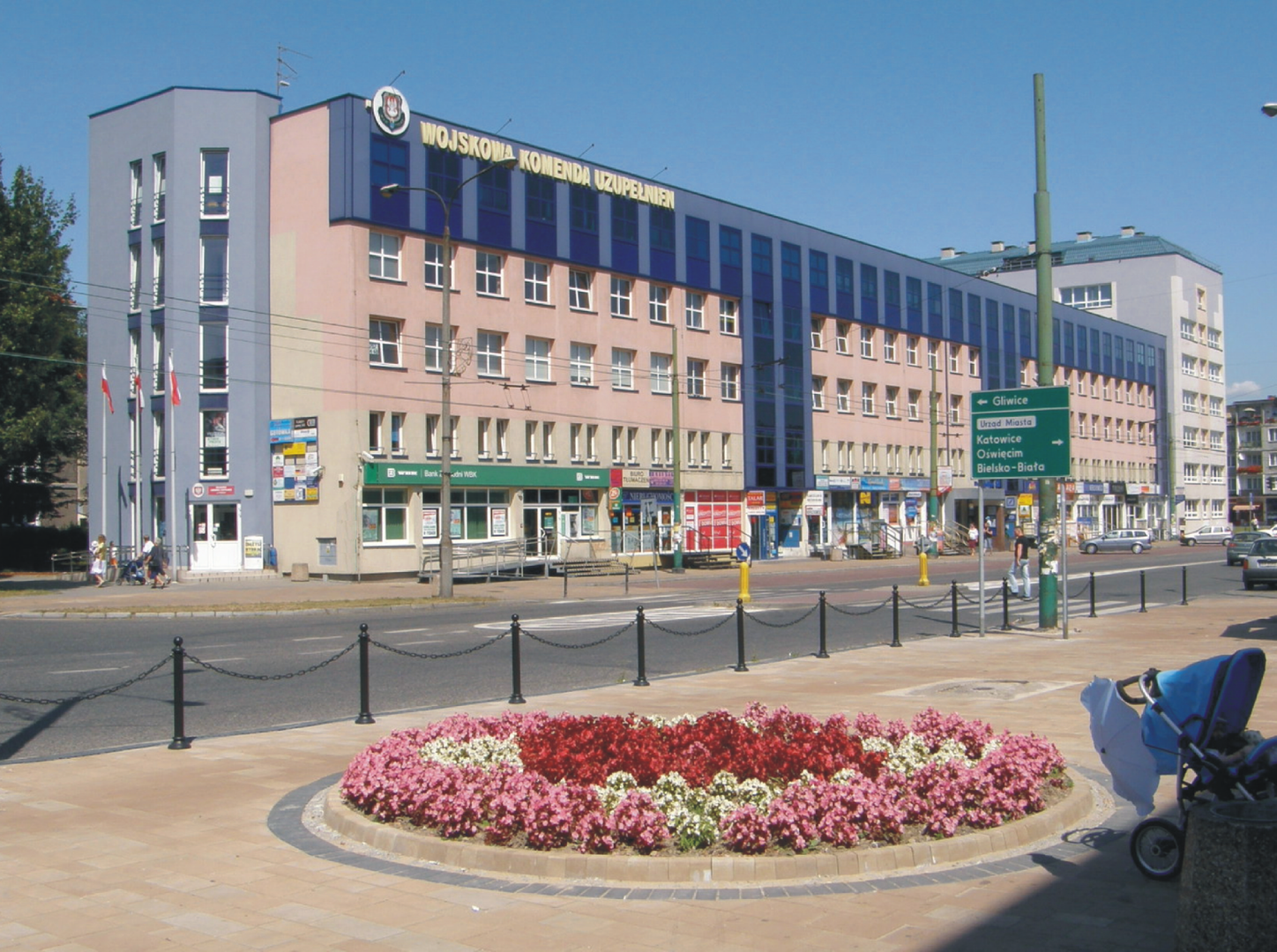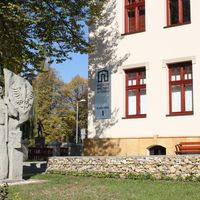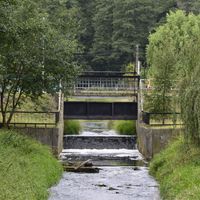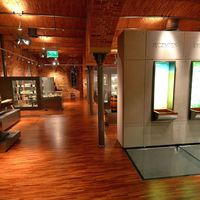Tychy
7.98

Overview
Tychy, known for its centuries-old history, is one of the most important cities in Upper Silesia. The earliest traces of settlement in the area date back to prehistoric times, and the first written mention of Tychy comes from 1467. The city developed dynamically thanks to industry, especially brewing, which has its roots in the 16th century. In 1629, the Książęcy Brewery was established, which remains one of the city's most prominent symbols to this day. In the 19th century, Tychy began to develop intensively due to infrastructure expansion, accelerated by the construction of the railway in 1868 and the establishment of numerous factories, including a cellulose plant and breweries. During World War II, Tychy became part of the Third Reich, and after the war, in 1951, it was granted city rights and began dynamic development as a bedroom city for the Upper Silesian Industrial Region, built mainly in the socialist realist style. The Anna housing estate is an example of architecture from this period, featuring elements of socialist realism such as statues and bas-reliefs. The city boasts a rich cultural life, with numerous theaters, museums, festivals, and artistic events. The Tyskie Brewing Museum and the City Museum are key places for enthusiasts of the city's history. Meanwhile, the residents of Tychy are actively involved in sports, both amateur and professional, as reflected by clubs such as GKS Tychy. It is also worth noting that Tychy is one of the centers of Upper Silesia, attracting attention due to its location and convenient transport links. The city is also becoming increasingly open to tourists, which fosters the development of tourist and recreational infrastructure. An interesting fact is the organization of the Tychy Market Halls and the popularity of Lake Paprocańskie, which serves as a recreational spot for residents and visitors alike. Tychy, with its rich history, socialist realist architecture, cultural life, and sports facilities, presents a unique character that blends tradition with modernity.
Location
Tickets
Powered by GetYourGuide
2025 Wizytor | All Rights Reserved


